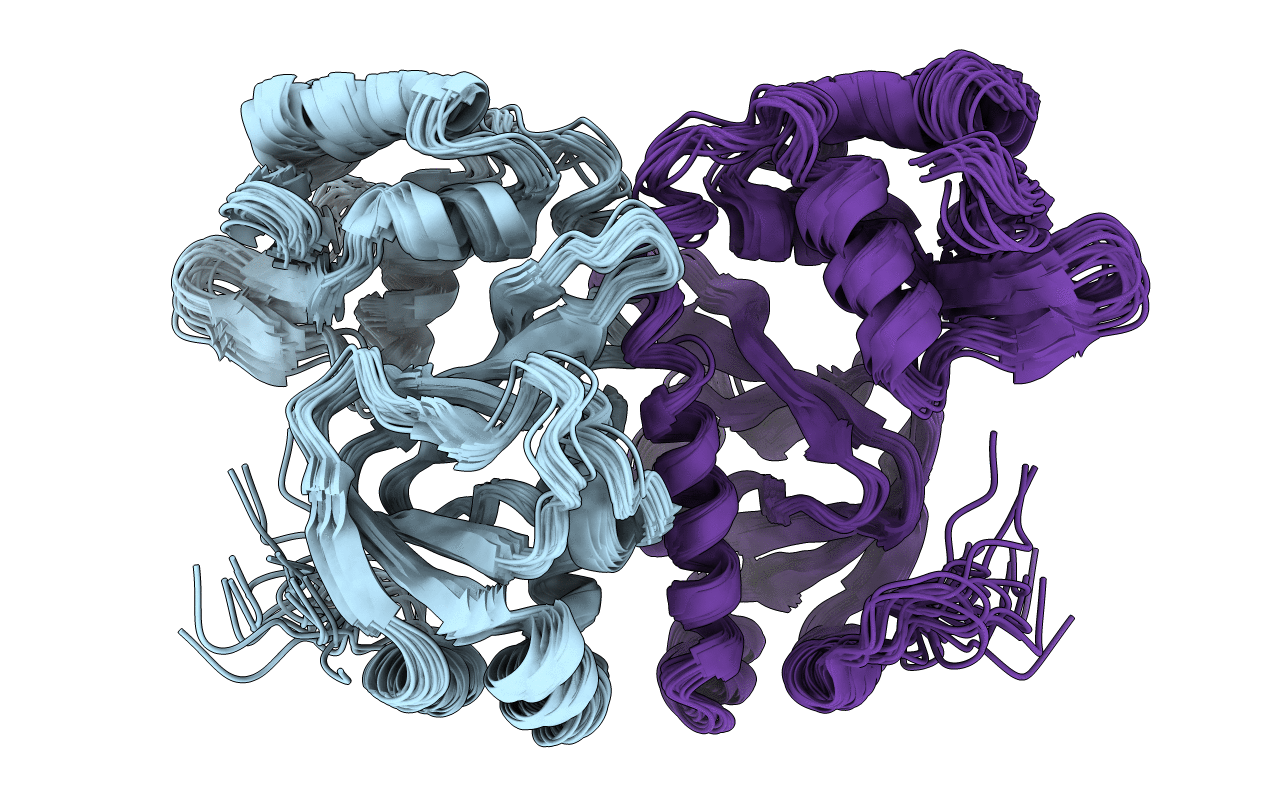
Deposition Date
2009-03-06
Release Date
2009-04-21
Last Version Date
2024-05-15
Entry Detail
PDB ID:
2WC2
Keywords:
Title:
Nmr structure of catabolite activator protein in the unliganded state
Biological Source:
Source Organism:
ESCHERICHIA COLI (Taxon ID: 469008)
Host Organism:
Method Details:
Experimental Method:
Conformers Calculated:
200
Conformers Submitted:
20
Selection Criteria:
LOWEST ENERGY


